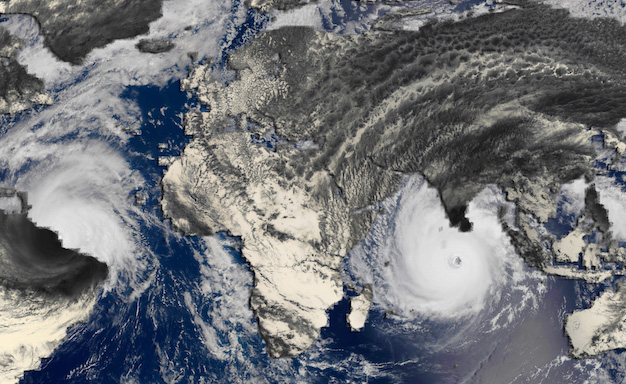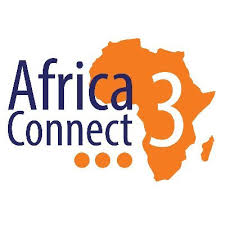Ghana will likely become the first African nation to benefit from improved weather monitoring utilising large-scale IoT (Internet-of-Things) technology. In the context of the AfrcaConnect3 project which it implements in the region, the West and Central African Research and Education Network (WACREN) has forged a collaboration with the Ghana Meteorological Agency (GMet) and the International Centre for Theoretical Physics (ICTP) for this purpose.
In Ghana, weather monitoring and forecasting is crucial for sectors such as agriculture, energy, transportation, and disaster management. However, the lack of weather stations in the country poses a challenge for decision-making in these sectors. Therefore, the collaboration is set up to introduce a new system of weather stations based on the LoRaWAN (Long-range Wide Area Network) technology.
LoRaWAN provides low-power communication which can efficiently transmit data over long distances. This makes it possible to reduce the number of gateways thereby also reducing costs. While the bandwidth is not sufficient for transmission of large data sets, streaming of video images etc. it is quite adequate for IoT applications such as transmission of small weather data packages like automated measurements of temperature, humidity etc. at given intervals.
Relevant in many parts of Africa
According to a white paper by WACREN and ICTP, the technology will have a relevance well beyond Ghana:
“Low-cost weathers stations based on IoT are useful in the African continent because these stations offer an affordable and effective solution to the limited weather data access in many parts of Africa. Moreover, due to the continent’s vulnerability to extreme weather events such as droughts and floods, having access to accurate and up-to-date weather data can be a crucial tool in managing the risks of these events and mitigating their impact on agricultural production, food security, and public health. Furthermore, by using low-cost weathers stations based on IoT technologies, it is possible to collect and analyse real-time weather data that can be used for early warning and prediction, allowing communities to take proactive measures before the onset of extreme weather events. Low-cost IoT-based weather stations can also improve climate change research in Africa by providing valuable data for modelling and forecasting future climate trends.”
A flexible and economic solution
Current weather monitoring is met with several challenges, the white paper notes:
“The sustainability of existing weather station solutions in many parts of Africa has been a concern due to their high cost and maintenance requirements. This has resulted in limited coverage and availability of weather data, particularly in rural areas where many smallholder farmers reside. In addition to their initial high cost, traditional weather stations can also be difficult to maintain and often require a recurring cost for communications (for example by using a GSM SIM card for each weather station and for any additional sensors). This poses a significant challenge for African economies where resource constraints are prevalent, and investments in costly weather stations are often difficult to justify.”
Further, LoRaWAN has additional advantages:
“Additional sensors can easily be added over time, allowing for flexibility and customisation based of the needs of different communities. In fact, the LoRaWAN infrastructure can also be used for other applications, for instance emergency communications, air quality assessment, and poaching mitigation.”
The text is inspired by the White Paper “Enhancing Weather Monitoring in Africa – the Role of NRENs and IoT Technologies” at the WACREN homepage.








